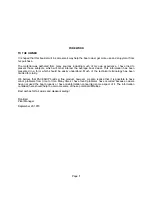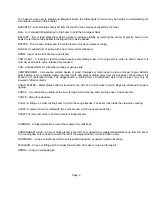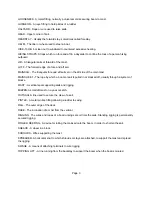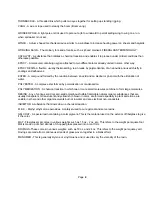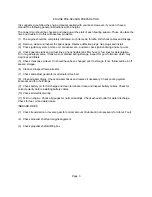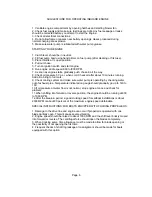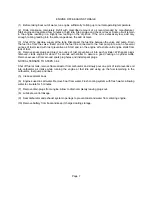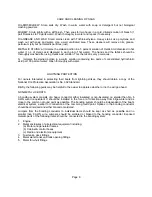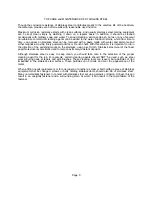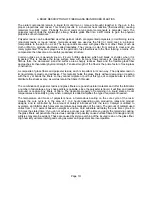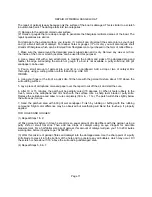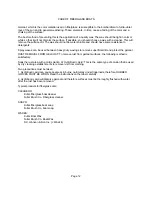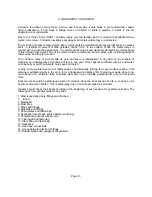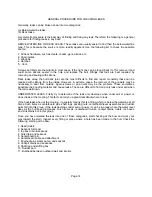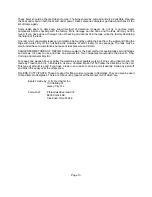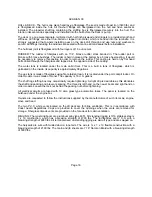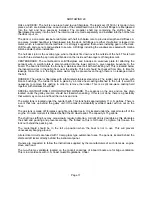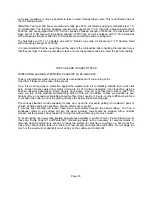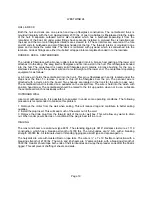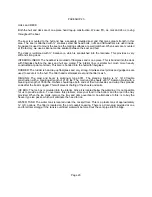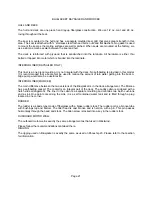
SUGGESTIONS FOR OPERATING INBOARD ENGINE
1. Ventilate engine compartment by opening hatches and starting blower fan.
2. Check fuel supply and make sure fuel lines are tight. Any fuel seepage or leaks
should be corrected before you attempt to start the engine.
3. Check all electrical connections.
4. Do not allow flame or sparks near battery openings. Gases produced during
normal charging are explosive.
5. Make sure water pump is lubricated with water pump grease.
STARTING YOUR ENGINE
1. Clutch lever should be in neutral.
2. Fill fuel pump bowl using hand primer on fuel pump (after cleaning or first use).
3. Place throttle at ¼ open position.
4. Pull out choke.
5. Turn on ignition switch and start engine.
6. Run engine at idle speed 600 to l000 RPM.
7. As soon as engine starts, gradually push choke in all the way.
8. Check oil pressure 50 p.s.i. when cold. Check oil after about 10 minutes running.
Add oil to bring to full mark.
9. Check cooling system and make sure water pump is operating by checking water
out of exhaust pipe. Temperature indicated on gauge should gradually go up to 140 to
160.
10.If oil pressure or water flow is not normal, stop engine at once and check for
problem.
11.When shifting into forward or reverse position, the engine should be running at 600
to 1000 RPM.
12.After the break-in period, a good cruising speed for sailboat installations is about
2000 RPM or about 80 percent of the maximum engine speed obtainable.
SPECIAL INSTRUCTIONS FOR BOATS EQUIPPED WITH FOLDING PROPELLERS
1. Damage to the drive line and engine can occur if propeller is operated with one
blade partially open. This will cause severe vibration.
2. Engine speed should be raised to about 1000 RPM and the shift lever briskly moved
into forward or reverse. The centrifugal force should open the blades completely.
3. When docking same, time allowance must be made to allow for blade opening or
the possibility of not opening the first time.
4. Frequent checks of shaft log leakage or misalignment should be made for boats
equipped with this option.
Page 6


